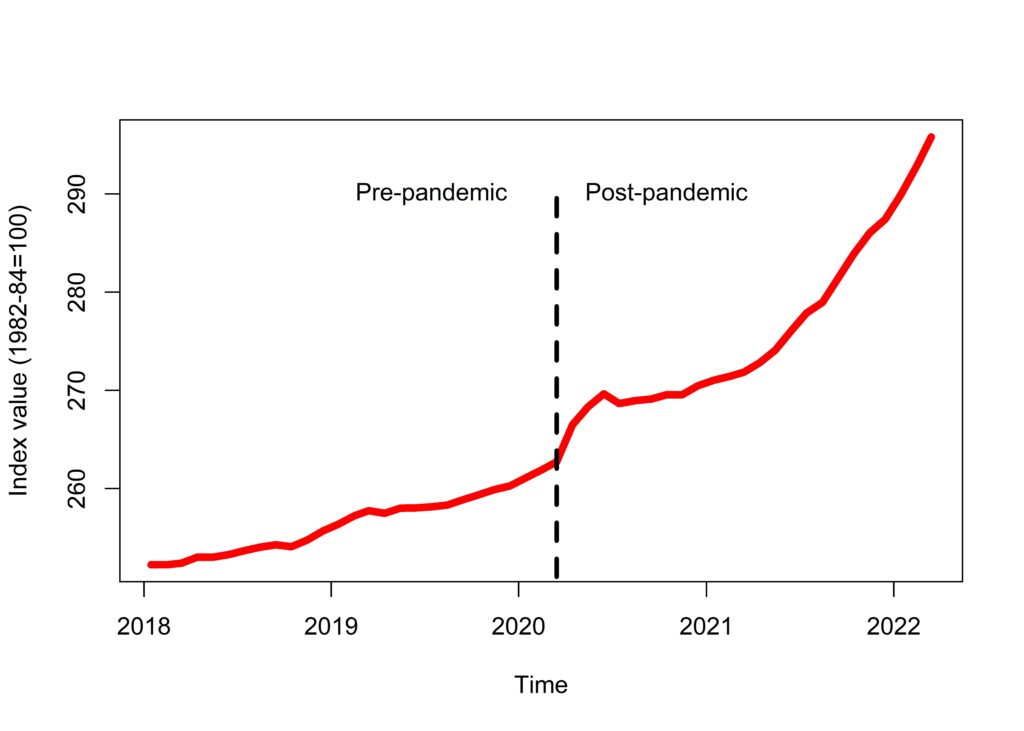
The Center is working to provide insight into recent food price increases and how they are affecting the affordability and choice of foods that form the basis of a of a healthy diet. Recent projections from Feeding America indicate the prevalence of food insecurity in Arkansas is second highest in the country. Compounding this problem is that being food insecure is a significant risk factor for obesity. To address this issue, we are employing some of the same commercial datasets used by large food marketing companies to provide evidence on food access and affordability that informs policy, systems, and environmental strategies to advance health and nutrition equity. The Center is also focusing on ways to leverage food assistance programs like the Supplemental Nutrition Assistance Program (SNAP) and the Special Supplemental Nutrition Assistance Program for Women Infants and Children (WIC) reduce food insecurity in our state. Recent peer-reviewed articles related to food access and food insecurity include the following:
Fang D, Thomsen MR, Nayga Jr RM, Yang W. Food insecurity during the COVID-19 pandemic: evidence from a survey of low-income Americans. Food security. 2021:1-19. DOI: 10.1007/s12571-021-01189-1, PMCID: PMC8262589
Fang D, Thomsen MR, Nayga Jr, RM. The association between food insecurity and mental health during the COVID-19 pandemic. BMC public health. 2021;21(1):607-. DOI: 10.1186/s12889-021-10631-0, PMCID: PMC8006138.
Chenarides L, Cho C, Nayga RM, Thomsen MR. Dollar stores and food deserts. Applied geography. 2021;134. DOI: 10.1016/j.apgeog.2021.102497
Fang D, Thomsen MR, Nayga RM, Novotny AM. WIC participation and relative quality of household food purchases: Evidence from FoodAPS. Southern economic journal. 2019. DOI: 10.1002/soej.12363.
